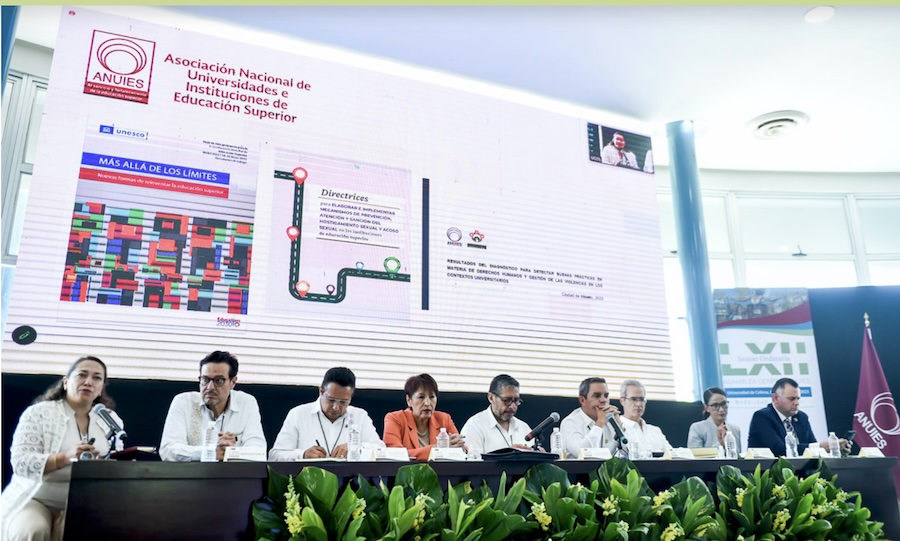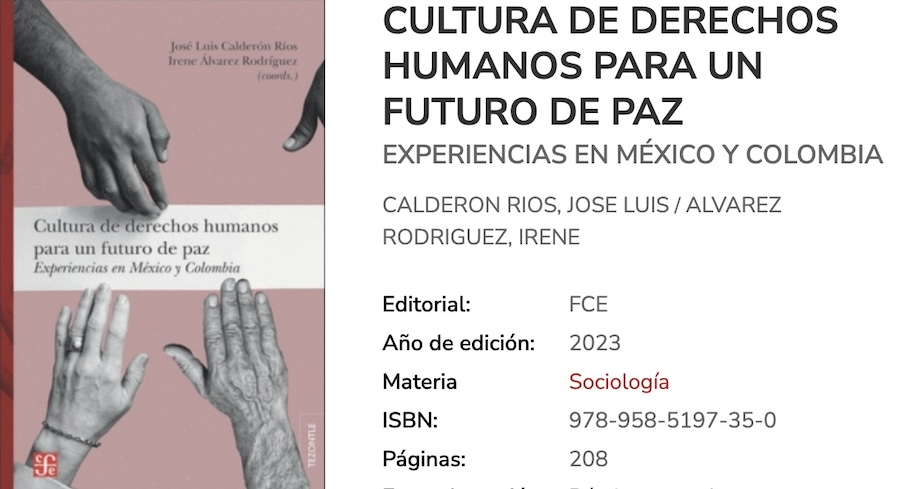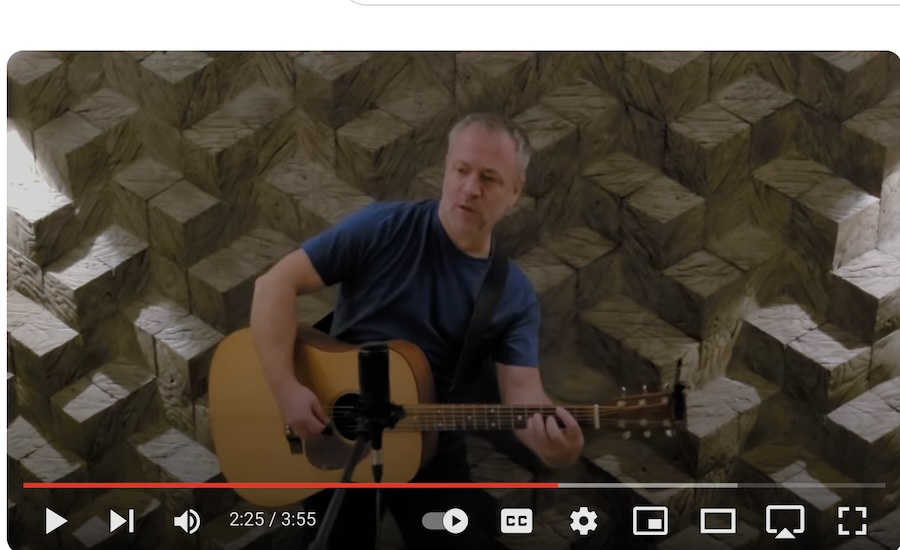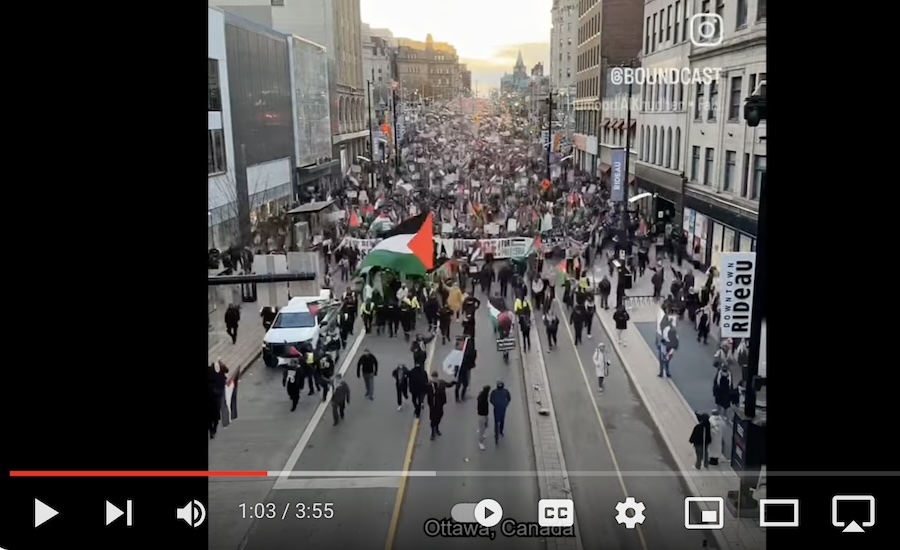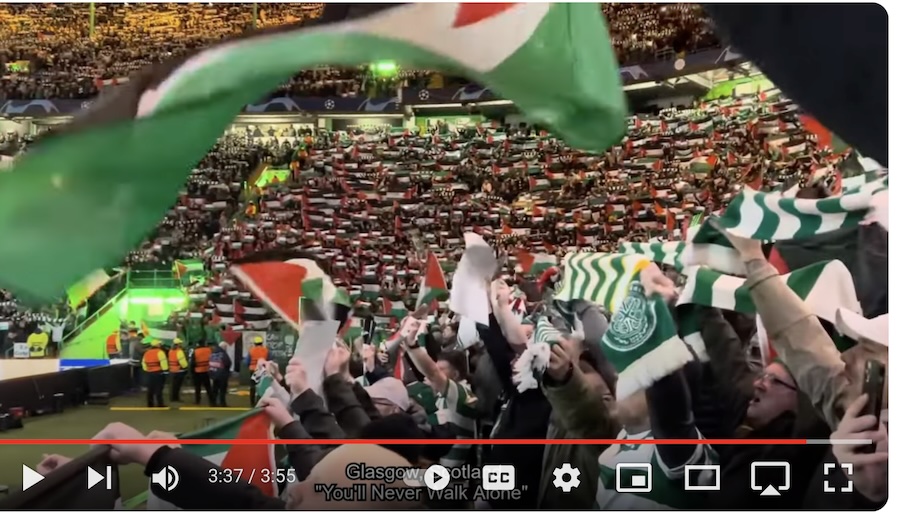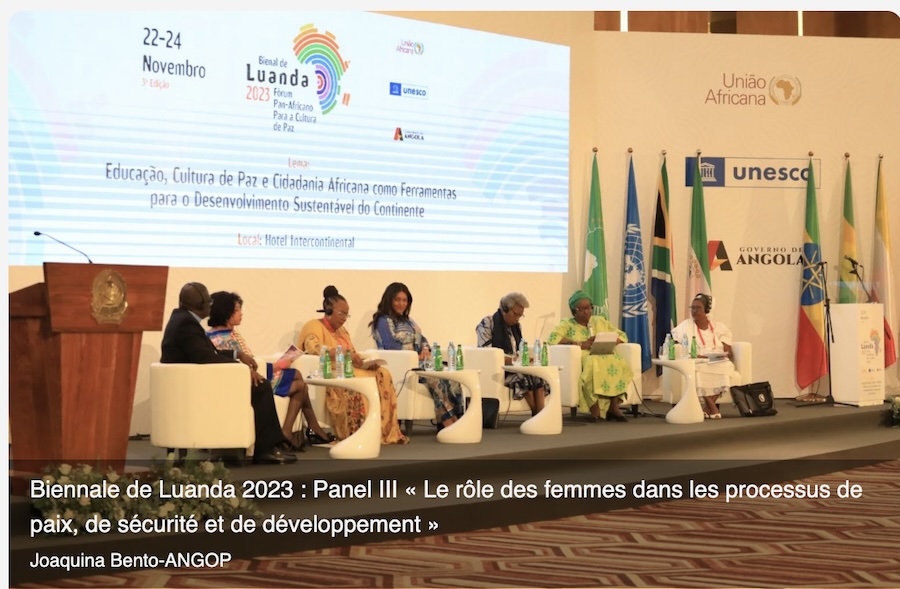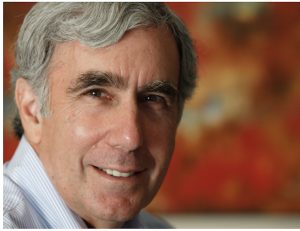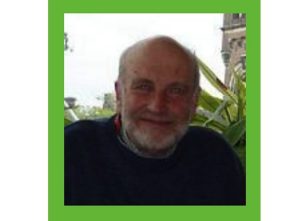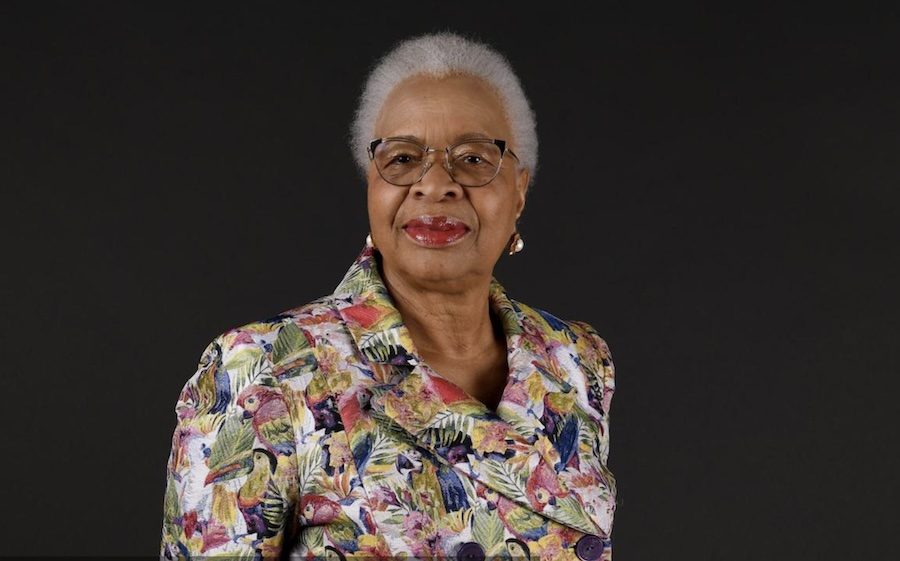DISARMAMENT & SECURITY .
Extracts from the Revista núm. 18, introduction by Roberto Mercadillo and David Adams
. . . after long reviews and discussions, between 2019 and 2021, the three of us (Roberto Mercadillo, David Adams and Federico Mayor) undertook the task of shaping a new Declaration for the Transition towards a Culture of Peace in the 21st century following a cognitive approach to human consciousness with four axes: recognize, remember, understand and act. . . . (with regard to action) we propose 12 strategies that can be acted on in two simultaneous routes: local and global. The local route is fundamentally pedagogical to be carried out, mainly, by organized civil society supported by local governments. The global route involves the creation of a “Security Council of Mayors” made up of representatives of the major cities in all regions of the world and the expansion of the General Assembly of the United Nations to integrate citizens of the world in the analysis, proposals and resolutions of the problems that affect us.
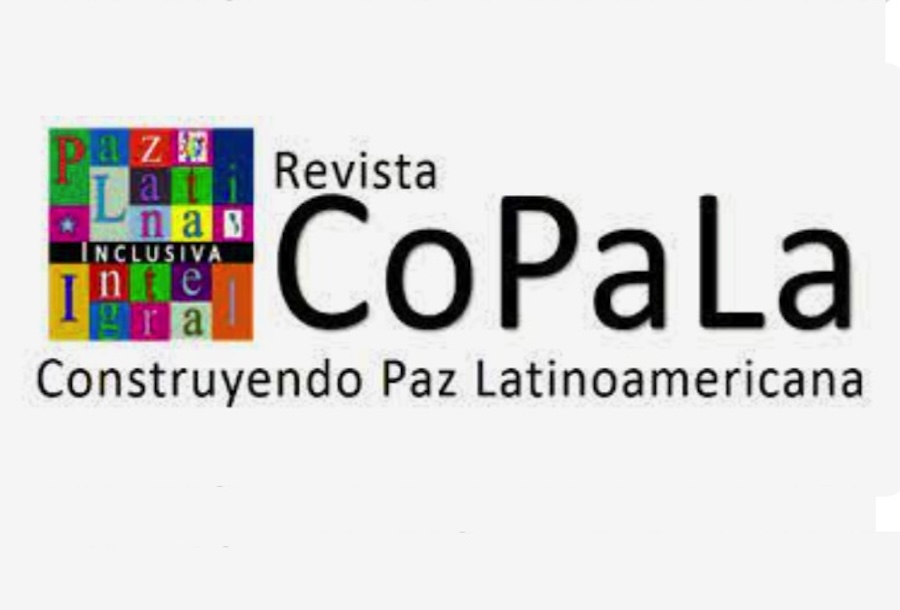
In February 2022, with Cristina Ávila-Zesatti, Correspondent of Paz – Mexico, Myrian Castello from Fábrica dos Sonhos – Brazil, and Alicia Cabezudo from the Global Alliance for Peace Ministries and Infrastructures – Latin America and the Caribbean, we formed a group of academics, construction companies, peace educators and journalists in Latin America to discuss the relevance of the Declaration in this region of the world and join efforts for its dissemination. . . .
In September 2002, CoPaLa Magazine opened the call to publish a special issue that would give space to experiences, Latin American thoughts and proposals focused on culture and peacebuilding that coincide with the premises set forth in the Declaration for the Transition towards a Culture of Peace in the 21st Century. As a result of this effort, the current Number 18 of the CoPaLa Magazine provides Spanish-speaking readers with 15 texts with a diversity of ways of communicating and thinking about peace . . .
(1) The first essay exposes cognitive and universalist positions on the human mind. In “Culture of peace: A selfish paradox”, Clemens C.C. Bauer reflects on Nietzsche and the life of the Bodhisattva to argue that understanding our feelings and thoughts leads us to recognize our own well-being intertwined with the well-being of others. . .
(2) It is precisely from the historical approach and from his own experience, that Edgardo Carabantes Olivares writes “Peace and Human Rights in Chile fifty years after the overthrow of Allende”. Half a century after the coup d’état in 1973, the author wonders about the inadequacies of the political, social and cultural system that keeps the people Chile in a space that is neither dictatorship nor democracy, but rather a hybridocracy characterized by hidden violence, a negative peace and manipulation of the exercise citizen. He emphasizes civil disobedience, active nonviolence, and hope as acts of resistance to always choose life and peace.
(3) Meanwhile, in “Total Peace: A New Opportunity for Peace Initiatives ex-combatants of the FARC”, Laura C. Fuentes and Juan D. Forero analyze peace initiatives from and for ex-combatants of the Revolutionary Armed Forces of Colombia. These initiatives form resistance to the Colombian conflict and constitute peacebuilding strategies. The “Total peace”, proposal of the recent and current administration of the Colombian government, could provide – the authors suggest – a stable framework for the construction of a more just and equitable society . . .
Citizen organizations
(4) In “The (re)construction of peace in Mexico through communication”, Lucía Calderón observes and analyzes the violence experienced in the state of Tamaulipas, Mexico. She describes how the population became managers of information that kept them safe from the actions of criminals. She emphasizes that, to a large extent, the recovery of peace depends on the willingness of the society to rebuild itself and to become aware of the alliances they can build with their peers.
(5) From Mexico City, Arturo Ramírez Ruíz writes “Rodar el pueblo: structures of youth learning and community reception”. He describes and analyzes youth actions organized to ride bicycles and, with this, to build learning structures, community centers and spaces to coexist and live with others. Pedaling the bicycle, says the author, becomes a political act of resistance and vindication of rights that imply knowledge and know how to organize ourselves, know how to take care of ourselves, know how to show solidarity, know how to resist, know how to transform and know how to sustain ourselves.
(6) In “Chiapanecas moving collectively towards a life free of violence: challenges and learning”, Mónica Carrasco Gómez shows us a meticulous and daring participatory ethnography of a collective project of women to build economic independence and live free of violence in San Cristóbal de Las Casas, Chiapas, Mexico. After searching and creating safe spaces to express their voices, women reestablished a collaborative environmentthat favored their economic independence, becoming aware of their power relations and learning new ways of relating in which the intention to act or speak had no
objective of imposition, but rather the possibility of cooperation.
(7) Carolina Escudero gives us “Culture of peace in the TEB campaign on forced disappearances in Spain.” Through qualitative research, she analyzes the “We Are Here” campaign with families who are victims of the forced disappearance of babies in Spain. She describes the alliances between organizations that ensure Truth, Justice and Reparation that lead to, as one of the participants says, accepting that “We are all equal, we are a family”. The TEB campaign contributes to managing conflict, by denouncing and recognizing the abuses by the State and institutions during the dictatorship, by placing democracy as an antidote to violence, and by strengthening cohesion and group action.
(Continued in right column)
Latin America, has it taken the lead in the struggle for a culture of peace?
(Continued from left column)
Education
(8) In “Teaching ethics in the face of the Technological Revolution (CRI). A hermeneutics-analogue perspective”, Alfonso Luna Martínez raises relevant ethical dilemmas for the assimilation if technological and industrial change in education. He concludes with an ethical proposal, presenting us with the need to overcome the neoliberal capitalist world and to regulate access to the data about people’s interests, so that they are not used in mass manipulation to define market and consumption trends.
(9) Jair Alejandro Vilchis Jardón writes “Thinking about neoliberalism. A critical view from analogical pedagogy of everyday life.” The author calls us to understand that the capitalist model not only acts in the economic sector, but has managed to permeate the educational system through excessive loads and/or work hours justified under the logic of production. He also invites us, collectively, to think about more humane ways of doing science with aspiration of social justice and not as productive agents of knowledge.
(10) In “Understandings about interculturality and its pedagogical implications”, Ximena Marin Hermann reflects on the relationships between interculturality and pedagogy. Interculturality, she suggests, emerges from the need to build public policies focused on social differentiation and globalization, from the resistance and defense of cultural particularities and their identities, and from the investigation to understand the problems of diversity and cultures. Its pedagogical implications lead to the construction of an inclusive intercultural citizenship that would allow us to answer the question “Can we talk about citizen and social construction based on pluriversity and what would be the keys to being able to travel this path?”
(11) Elia Calderón Leyton presents “Education for peace: reflections from literacy criticism”. Her text shows us the importance of writing and critical reading in education. Alluding to the thought of Husserl, Arendt, Habermas, Foucault and Cortina, she points out the need to practice the confrontation of knowledge and experience, as well as to distinguish inequalities in pedagogical practices. Critical thinking contributes to the pedagogy of peace and the ability to listen to others as a political act, because it places the individual in a community to transform doubt into truth, to understand and achieve authentic dialogue in Latin America.
(12) In “Educating towards a culture of peace in the 21st century: Guidelines for thinking and acting”, Anita Yudkin Suliveres proposes a positive vision of peace and a critical approach to education that prioritizes creative thinking, awareness of local problems and global, novel ways of investigating, experiencing and knowing, the cultivation of empathy and solidarity, the arts and the generation of spaces for participation. As educators, we must rethink what happens in educational processes, the experiences of training at all levels and reconsider both the study contents and the capabilities and knowledge that we aspire to promote.
(13) Mónica Lizbeth Chávez González in “School violence and interstitial spaces in Mexico. An ethnographic approach in Uruapan, Michoacán” presents an ethnography of focus groups in a secondary school. She describes how young people, through pedagogy of violence, build relationships and spaces of risk, vulnerability, impunity and defenselessness. Youth are presented as perpetrators of school violence and power through threats, certain criminal practices or the exercise of violent sexual-affective behavior. She urges us to attend to the intersection between these manifestations of violence to collectively them as daily problems.
Action and innovation
(14) In “Culture of peace, service-learning and citizen training: Experiences and reflections”, Benilde García-Cabrero, Alejandro R. Alba-Meraz and María Montero-López Lena reveal to us their proposal for education-action arising from the analysis of three psychosocial interventions carried out by themselves in Mexico. They describe the philosophical underpinnings and pedagogical methods of service-learning as an alternative to promote a culture of peace and citizen training in higher education institutions. With this, they deploy the transformative role of higher education for social awareness, the assumption of collective responsibility and the sense of responsibility. Service-learning enables groups who have a peace or social justice mission to reap the benefits of mutual support and collective action.
(15) In “Psicocalle Colectivo: A university proposal for education and construction of peace”, Lorena Paredes, Mosco Aquino and Roberto E. Mercadillo narrate the trajectory of a transdisciplinary university initiative to understand by means of neuroscience, anthropology and psychology the phenomena of street life and psychoactive substance use. They propose an action research model framed in the culture of peace and compassion as ways to connect with others and to use scientific knowledge in everyday life. Compassionate feeling and acting should motivate our action when confronted with the suffering of others. The culture of peace leads to actions towards the construction of an
active peace, conciliatory, emancipatory and resistant for life on the street and in the use of psychoactive substances.
Issue 18 of CoPaLa closes with a review of two relevant books
“The right to peace and its developments in History” (2022) published by Tirant lo Blanch, edited by María de La Paz Pando Ballesteros and Elizabeth Manjarrés Ramos: a review written by Erika Tatiana Jiménez Aceros. The book covers the history of Human Rights and the history of peace and peace research, thereby, unfolding the methodologies and objects of study of peacebuilding and allowing us to understand our history with new configurations.
“The other in the sand: 20 glances and a blink at Western Sahara” (2014) published by Gedisa and by the Metropolitan Autonomous University and coordinated by Roberto E. Mercadillo and Ahmed Mulay. This book, reviewed by Luis Guerrero, presents the vision of academics, activists and journalists from Latin America on the war, the conflict and the peace strategies developed in the Sahrawi Arab Democratic Republic. With this review, we stand in solidarity with the Sahrawi circumstance, we remember it and make it visible in Latin America in this year 2023 that commemorates the 50th anniversary of the Polisario Front, an organization that has maintained the survival of the Sahrawi people, their quest for peace and their demand for autonomy
